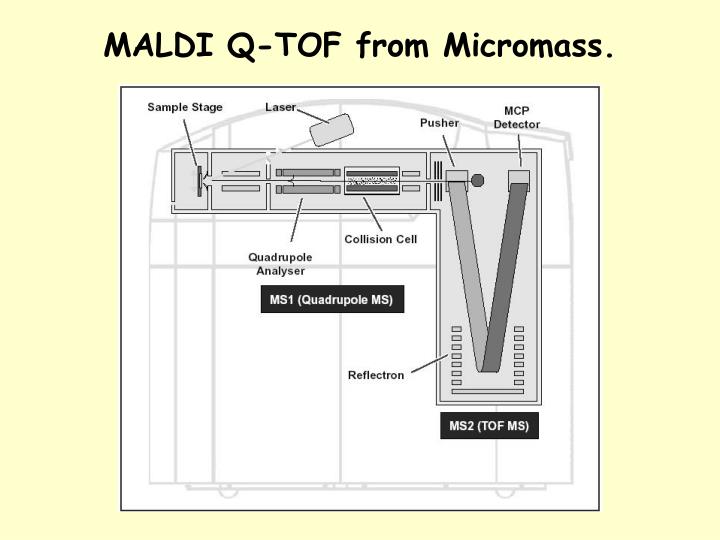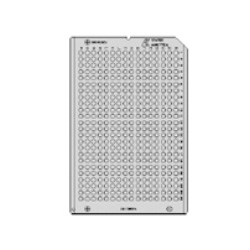

The present teachings provide a plate construction useful for MALDI mass spectrometry that comprises a sample receiving surface on which at least one sample is deposited, a holder for retaining the sample receiving surface and an electrically conductive grid positioned above the sample receiving surface and in electrical contact with the holder. This problem is especially noted when the substrate or sample is non-conducting to the electrical charge. While these non-metal substrates can be useful for retaining samples to be analyzed, the laser desorption and ionization processes can impart a charge onto the sample surface that can interfere with the electrostatic fields in the mass spectrometer, resulting in inaccurate or non-useful sample analysis. However, some sample generating techniques lend themselves to effect sample deposition or confinement on substrates other than a metal, such as a porous membrane or animal tissue. Typically there is not a uniform coating of the wetted area, but rather the matrix crystal distribution is dispersed.Īt the present time, stainless steel plates are widely used substrates for MALDI plates, which plates can be uncoated or coated with thin surface modifying agents such as a fluorinated polymer. After the solution dries, the sample spot consists of small matrix crystals spread over the formerly wet area. With metal plates, the solution drop is wetting on the metal surface area, the size of which corresponds approximately to the diameter of the drop and is dependent on the hydrophilicity of the metal surface and the characteristics of the droplet. The simplest of these is the pipetting of a solution with sample and matrix onto a sample support plate that can be a metal plate. Various methods are known for applying the sample and matrix to a sample plate. In some instances, it has been found advantageous to incorporate the sample or analyte molecules in some form into the usually crystalline matrix substances during their crystallization or at least into the boundary-surfaces between the small crystals. The task of the matrix substance is to separate the sample molecules from each other and incorporate them into the matrix, to transform the sample into the gas phase during laser bombardment by the formation of a vapor cloud without destroying the biomolecules and, if possible, without attachment of the matrix molecules, and finally to ionize the sample by protonation or deprotonation or similar processes. The choice of a matrix substance for MALDI is dependent upon the type of sample molecules to be analyzed dozens of different matrix substances are known.

The present teachings relate to a plate construction useful in matrix-assisted laser desorption ionization (MALDI) analysis.


 0 kommentar(er)
0 kommentar(er)
